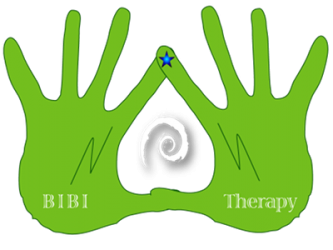Whether we admit it or not, appearances matter. Let’s face it: who likes to see their legs being invaded by these unsightly sometimes painful varicose veins. And while there are plenty of things we can control in terms of how we look, some things may come out of nowhere. Varicose veins, though not dangerous, are a perfect example of this, and when they appear it can often be difficult to diminish their appearance, let alone the associated discomfort.
This blog is about what you can do using natural holistic options that can help anyone reduce the unsightly appearance: gentle on the veins and gentle on your pocket too. Extreme cases may require more severe steps using surgery. Expert phlebologists from the Vein Clinic, provide visual guides and more info on current procedures.
BIBI Therapy recommends the use of three essential oils, although there are many alternatives described in the existent literature.
Some preliminary steps you need to consider first:
- avoid standing for long periods of time without moving the legs;
- one should relax the legs putting the feet up, or at least at the same height at the head for at least an hour a day;
- avoid constipation at all costs, as this increases the pressure on the veins;
- Drink plenty of herbal teas;
- Finally, the veins should only be gently massaged with the indicated oils without applying any pressure to avoid generating any additional damage.
Tabled below are the Essential oils BIBI Therapy uses based on their medicinal effects.
| Table. Agonistic effects of essential oils for varicose veins | |||
| Essential oil | How it works | Resource | Comments |
| Spikenard
(Nardostachys jatamansi) |
Naturally lowers blood pressure in the legs
Boosts blood circulation and oxygenation of the cells, tissues, muscles and organs |
S1 | The fragrance of Easter an much-valued perfume, spikenard was Used since Biblical times:
John 12:3 states: “… Mary took a pint of ointment of spikenard, very costly, and anointed the feet of Jesus, and wiped his feet with her hair: and the house was filled with the odor of the ointment.” as it has powerful antifungal properties Rejuvenates the skin and used in beauty treatments |
| Lavender
(Lavandula angustifolia) |
Relieves pain
Reduces inflammation |
S2 | Sedative abilities – helps cope with the associated pain |
| Rosemary
Rosmarinus officinalis |
Improves local blood circulation and relieves pain.
Spasmolytic effects as it acts as a smooth muscle relaxant |
S3 | A sacred substance for nearly all ancient peoples, from the Egyptians, Hebrews, Greeks, to Romans.
Alleviates the cramps that often accompany varicose veins and is very efficient against spider veins as well. |
How to use:
• Cold/warm compress: soak a cloth in a blend of five drops of essential oils and half a litre of water. Apply the compress to the affected area for 15 minutes. Keep the legs elevated during application.
• Gentle massage: Combine up to 30 drops of essential oil with approximately 3 tablespoons of carrier oil. Popular carrier oils include sweet almond oil, olive oil, coconut oil, or grape seed oil. Massage gently in the direction of the heart.
• Warm bath: Dilute up to eight drops of essential oil in a small amount of liquid soap and a cup of warm water. Add the mixture to warm bathwater.
Precautions
If you have a sensitive skin, make sure you conduct a patch test before you splash essential oils under your armpit. Furthermore, dilute 2-3 drops with a teaspoon of carrier oil of your choice and remember to check with your family Doctor before attempting to use any essential oil. This is especially important if you are pregnant, nursing or undertaking any special medication including homeopathic medication.
Disclaimer
BIBI Therapy does not offer a cure for varicose veins. The information and reference guides here are intended solely for the general information. Please seek advice from a specialist or your health care provider if you require any advice on medications.
Resources
S1 J Pharm &Phytochem. 2015; 3(5): 102-106

